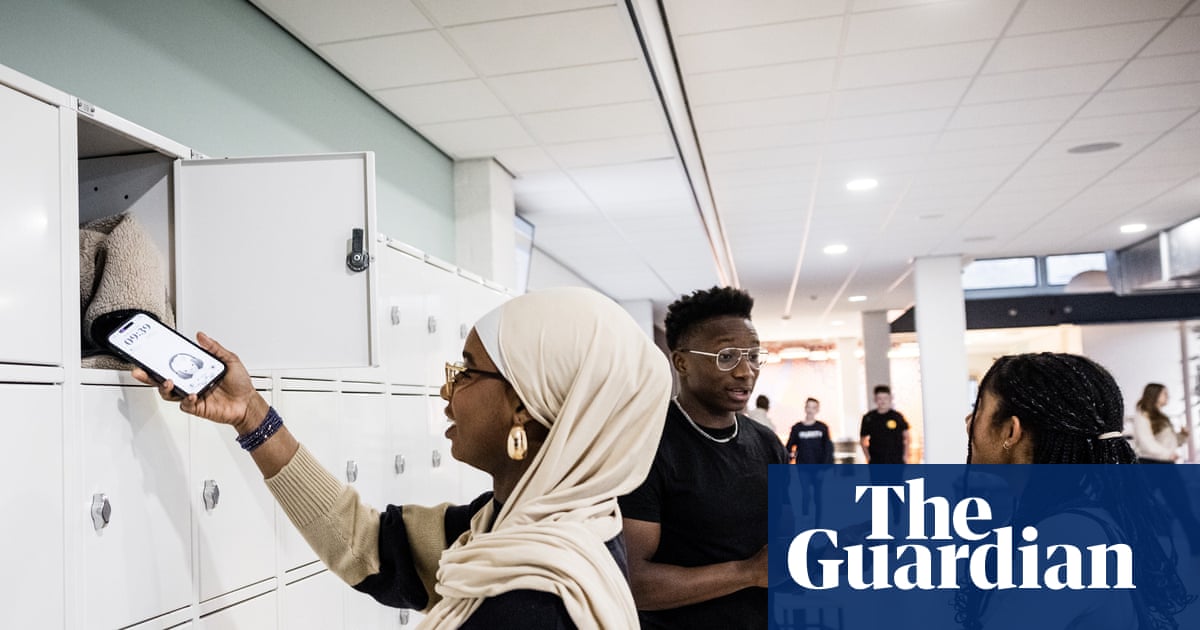Get the latest tech news
GHz spiking neuromorphic photonic chip with in-situ training
Neuromorphic photonic computing represents a paradigm shift for next-generation machine intelligence, yet critical gaps persist in emulating the brain's event-driven, asynchronous dynamics,a fundamental barrier to unlocking its full potential. Here, we report a milestone advancement of a photonic spiking neural network (PSNN) chip, the first to achieve full-stack brain-inspired computing on a complementary metal oxide semiconductor-compatible silicon platform. The PSNN features transformative innovations of gigahertz-scale nonlinear spiking dynamics,in situ learning capacity with supervised synaptic plasticity, and informative event representations with retina-inspired spike encoding, resolving the long-standing challenges in spatiotemporal data integration and energy-efficient dynamic processing. By leveraging its frame-free, event-driven working manner,the neuromorphic optoelectronic system achieves 80% accuracy on the KTH video recognition dataset while operating at ~100x faster processing speeds than conventional frame-based approaches. This work represents a leap for neuromorphic computing in a scalable photonic platform with low latency and high throughput, paving the way for advanced applications in real-time dynamic vision processing and adaptive decision-making, such as autonomous vehicles and robotic navigation.
View PDF Abstract:Neuromorphic photonic computing represents a paradigm shift for next-generation machine intelligence, yet critical gaps persist in emulating the brain's event-driven, asynchronous dynamics,a fundamental barrier to unlocking its full potential. By leveraging its frame-free, event-driven working manner,the neuromorphic optoelectronic system achieves 80% accuracy on the KTH video recognition dataset while operating at ~100x faster processing speeds than conventional frame-based approaches. This work represents a leap for neuromorphic computing in a scalable photonic platform with low latency and high throughput, paving the way for advanced applications in real-time dynamic vision processing and adaptive decision-making, such as autonomous vehicles and robotic navigation.
Or read this on Hacker News
